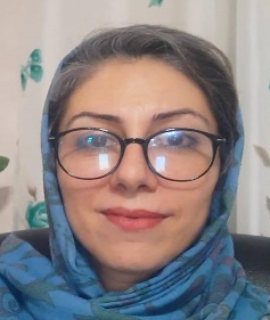Title : Novel non-noble metal-based Catalysts for renewable hydrogen production from seawater electrolysis
Abstract:
Hydrogen gas has a great potential for future replacement of fossil fuels. It is used in chemical plants and energy harvesting systems, thus, its production from renewable resources is of great importance. The water electrolysis driven by renewable energy resources such as wind or solar energy is one of the promising strategies to obtain renewable hydrogen gas. Due to the limited water resources the attentions have been attracted to the utilization of other sources such as seawater, brine and wastewater.
The main cathodic reaction in a water electrolyser is the hydrogen evolution reaction (HER); on the anode of a seawater electrolyser, however, there is a competition between the water oxidation (i.e. oxygen evolution reaction or OER) and the chlorine chemistry related oxidation processes especially the chlorine evolution reaction (CER). All these reactions have multi-step mechanisms and thus sluggish kinetics. Pt and Pd-based catalysts have shown the best electrocatalytic performances for HER and the Pt/C electrodes are used commercially for this reaction. The high costs and dissolution of Pt and other noble-metal based (or platinum group metal, PGM) catalysts in seawater are their main challenges. Ni is one of the main none PGM catalysts, however, the performance of these electrodes should be increased with novel nanotechnology and surface engineering methods.
The catalysts used for anode of a seawater electrolyser must also be cost-effective and noble metal-free (Rh and Ru are the best noble metals suitable for catalysis of anodic reactions). Since CER results in toxic and harmful chlorine gas, in most plants (mainly off-shore plants) the preferred anodic reaction is OER. Thus, the anodic catalysts must also be selective to OER. These catalysts must be structural and compositional engineered. The engineered surface defects, oxygen vacancies and using chloride blocking layers on the active catalyst layer are some examples of the recent strategies to prepare high performance, OER selective catalysts for hydrogen production from seawater electrolysis.
Here we would present a short overview on the recent cost-effective catalysts for catalysis of HER and OER. The challenges with seawater electrolysis and recent strategies to improve the efficiency of non-PGM catalysts and increase their stability are also discussed in brief.
Audience take-away:
- The audiences will learn about the mechanism of HER and OER.
- They will learn about the Volcano plots for catalysis of HER and OER and the recently suggested non-PGM materials and structures.
- The subject is one of the recent most interested topics that many research groups can work on it and expand their research.


